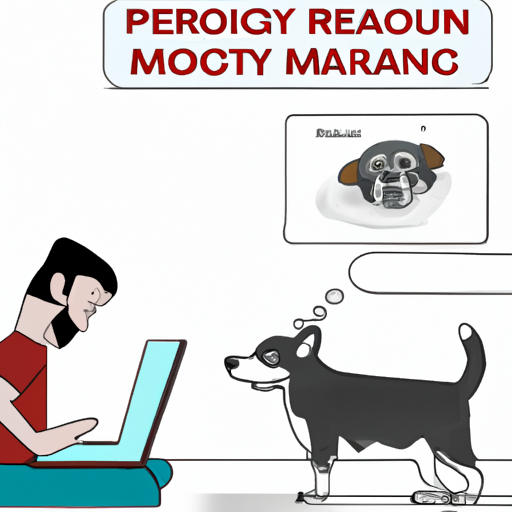Understanding Pyometra
As a devoted caregiver, it’s essential for you to understand that pyometra is a life-threatening disease that affects unspayed female dogs. It is a uterine infection that occurs in the canine’s reproductive system, often after a heat cycle. The disease can develop rapidly and without warning, demonstrating just how vital your vigilance and care can be in protecting your furry friend.
Symptoms to Watch For
Your ability to detect signs of pyometra can be a literal lifesaver, so it’s imperative to familiarize yourself with the symptoms. Depending on whether the disease is open or closed pyometra, the signs might vary:
-
Open Pyometra: This condition allows pus to drain from the uterus. Symptoms may include:
- Vaginal discharge
- Increased thirst and urination
- Lethargy
- Loss of appetite
-
Closed Pyometra: No discharge is observable because the cervix is closed. This can make the disease more dangerous, as symptoms might be less noticeable:
- Distended abdomen
- Vomiting or diarrhea
- Increased thirst and urination
- Lethargy
In the table below, you’ll find a summary of the symptoms:
| Open Pyometra | Closed Pyometra | |
|---|---|---|
| Vaginal Discharge | Yes | No |
| Increased Thirst and Urination | Yes | Yes |
| Lethargy | Yes | Yes |
| Loss of Appetite | Yes | Maybe |
| Distended Abdomen | Maybe | Yes |
| Vomiting or Diarrhea | Maybe | Yes |
Causes and Risk Factors of Pyometra
Now that you know what to look for, let’s delve into the causes behind pyometra. The condition often develops after the dog’s heat cycle, when hormonal changes can lead to a uterine environment conducive to bacterial growth. Older dogs are particularly susceptible, especially if they have never been pregnant.
Prevention and Treatment
The good news is that pyometra is largely preventable. The most effective method is spaying your dog before her first heat cycle. However, if your dog is already affected, immediate veterinary attention is crucial. Treatment often involves surgery (an emergency spay), along with antibiotics and fluid therapy.
The Role of Caregivers in Managing Pyometra
Your role as a caregiver is pivotal in preventing and managing pyometra. Regular vet check-ups, keen observation for symptoms, prompt medical attention, and post-operative care play a significant role in ensuring your dog’s health and survival.
FAQs
What is pyometra in dogs?
Pyometra is a severe, life-threatening infection of the uterus in unspayed female dogs.
What are the symptoms of pyometra?
Symptoms can include vaginal discharge, increased thirst and urination, lethargy, loss of appetite, a distended abdomen, and vomiting or diarrhea.
What causes pyometra?
It’s typically caused by hormonal changes after the dog’s heat cycle that create a uterine environment conducive to bacterial growth.
How is pyometra treated?
Treatment usually involves emergency surgery, antibiotics, and fluid therapy.
How can I prevent pyometra?
The most effective preventive measure is to spay your female dog before her first heat cycle.



